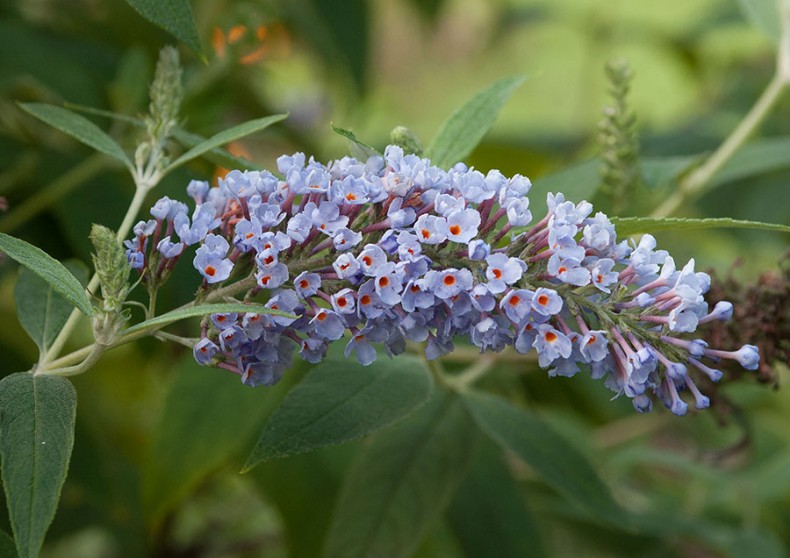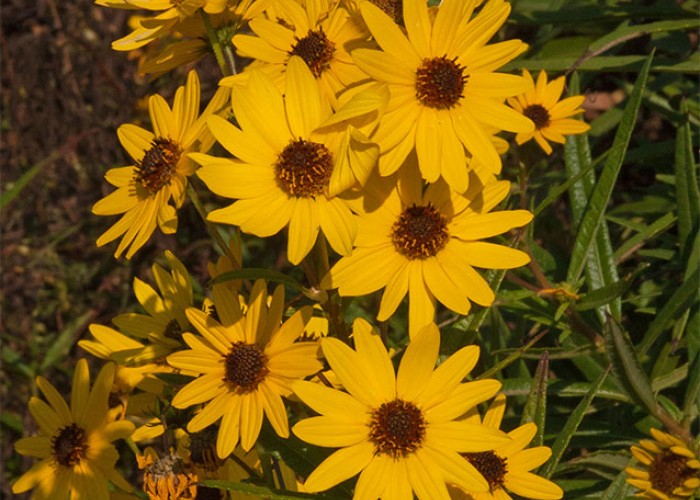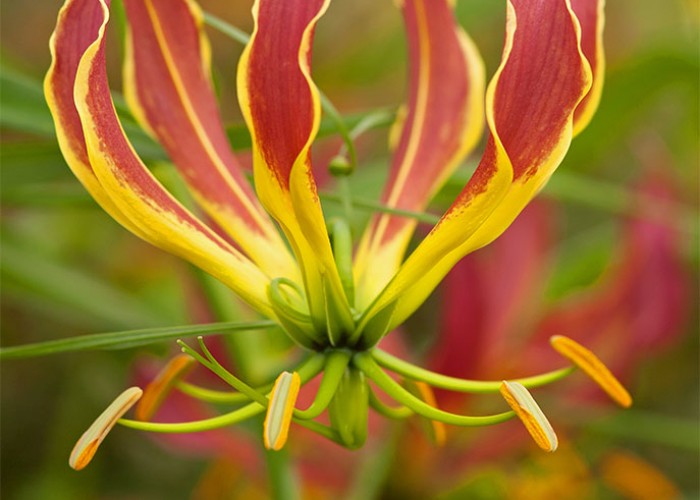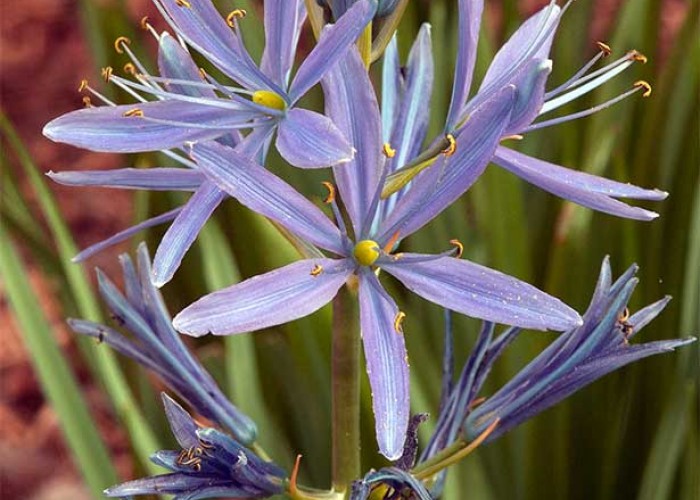Smaller Bushes Still Bring in the Butterflies
Plus Garden To-Do’s for September
By L.A. JacksonAround this time of year, gardeners are probably noticing two things about their butterfly bushes: (1) Even though bloom time started way back in early summer, these showy shrubs are still flaunting flowers; (2) Geez, they sure have grown since spring!
The butterfly bush (Buddleia spp.) is certainly a champ when it comes to producing a continual parade of blooms through the summer and into the fall, and all of these blossoms spring from new wood, meaning this shrub also stays busy pushing out lots of new limbs.
For many moons, I have grown butterfly bushes known as “Black Knight,” which, for decades, has been a very popular cultivar. About every year or two in the early spring, I whack them back to 2-foot stubs because they begin to overgrow their boundaries and start bullying other plants. If I left them alone, they would eventually fan out to 8 feet wide and tall.
While large and gangly have long been common butterfly bush characteristics, recent introductions have begun to make small the new normal. In particular, the JC Raulston Arboretum at NC State University has developed a “Lo and Behold” series of minute butterfly bushes with “Blue Chip” being one of its first stars. It will barely reach over 2 feet in height and less than 5 feet wide. This dainty has been followed by other petite pretties such as the improved “Blue Chip Jr.,” “Lilac Chip” (2 feet tall by 3 feet wide) and “Pink Micro Chip” (2 feet tall and wide).
Such undersized shrubs can, of course, be welcome additions to the front of an ornamental bed, but also consider thinking outside the box and into a large pot by making them showy container specimens.
If you need butterfly bushes with slightly more stature, opt for such midsize cuties as “Ellen’s Blue,” which, as advertised, has handsome, blue-infused flowers on a 5-by-5 foot frame, or the similar-sized “Miss Molly” with its snappy, wine-colored flowers. Ditto for “White Ball,” only its blossoms bear a lighter tint.
There are other low-growing butterfly bushes available, but the ones I mentioned are some of the easiest to find. Heck, I have even spotted “Blue Chip” and similar shorties at big box home improvement stores. And all of the above cultivars are not hard to find online — in fact, if you want to e-shop semi-locally, start with NC-based Plant Delights Nursery (plantdelights.com) or Wayside Gardens (waysidegardens.com) in South Carolina.
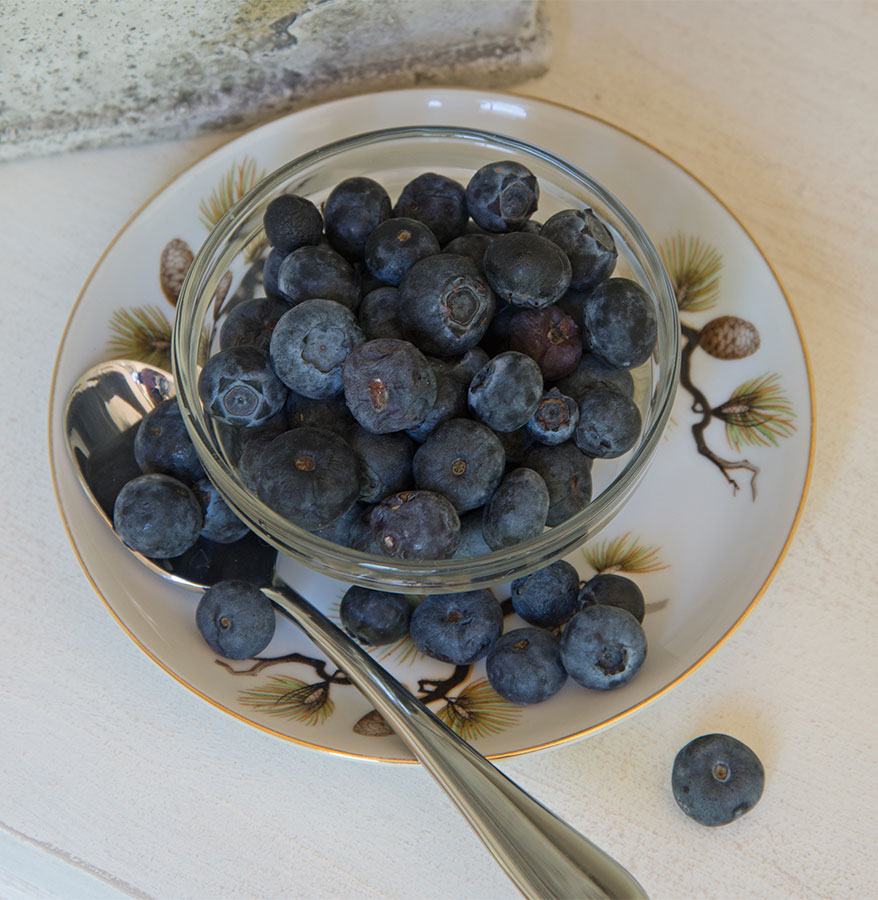 Garden To-Do’s for September
Garden To-Do’s for September
- If blueberries are on your “must have” list for the garden, fall is a prime planting time. Southern highbush blueberries are best adapted to the widest range of conditions in the state. Rabbiteye varieties are more resistant to heat and drought, yielding a heavier crop during a sizzling spring and early summer, but they are not cold tolerant, so they should not be planted in the upper mountainous areas of Carolina country.
- Many lawn and garden centers now want to move out garden equipment to make room for holiday merchandise, so watch for sales on mowers, weed-eaters, trimmers, tillers, hoses and other such outdoor handyman helpers.
- Put more homegrown crunch in your cuisine by planting such salad-makers as broccoli, cauliflower, kale, lettuce, mustard greens, onions, radishes, rocket and spinach early this month.
- Indoor plants that have vacationed on the porch or patio should be returned inside before nighttime temperatures dip into the 50s. Check carefully for bugs and (especially) clusters of insect eggs.
- Keep the bird feeder well stocked for increasing activity with the coming of fall.
-
More from Carolina Gardens
-
Share this story:

